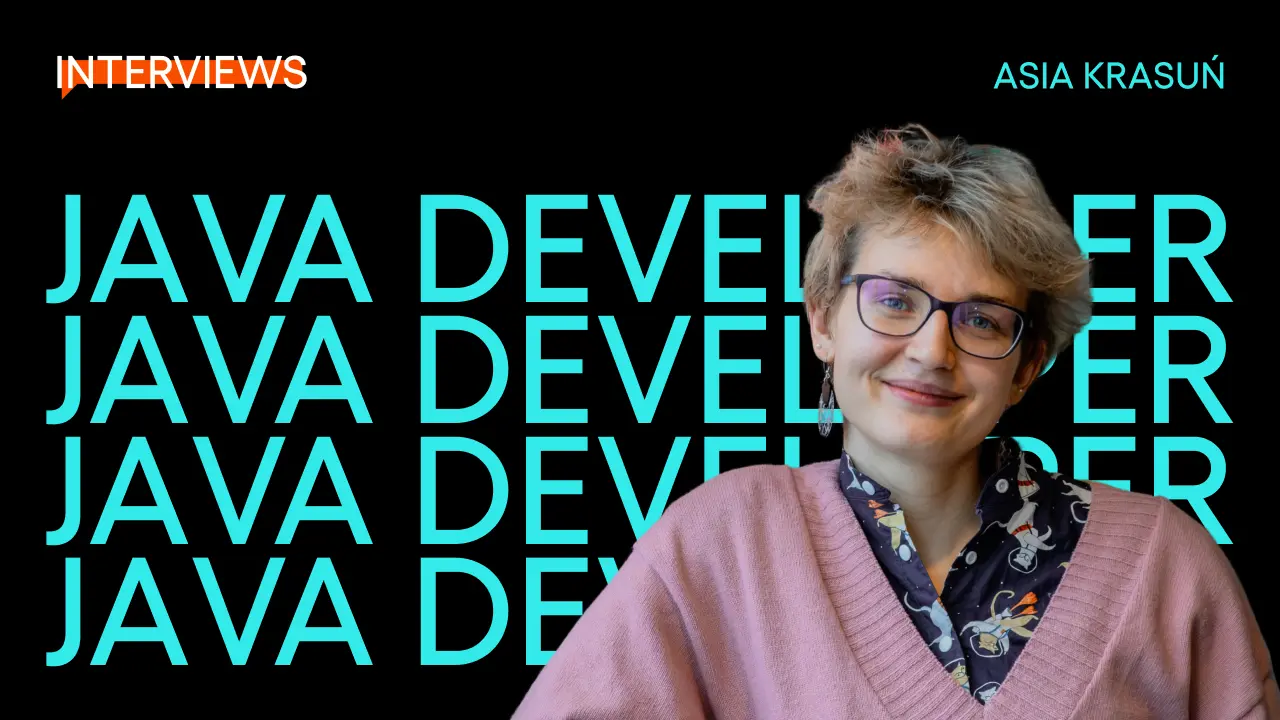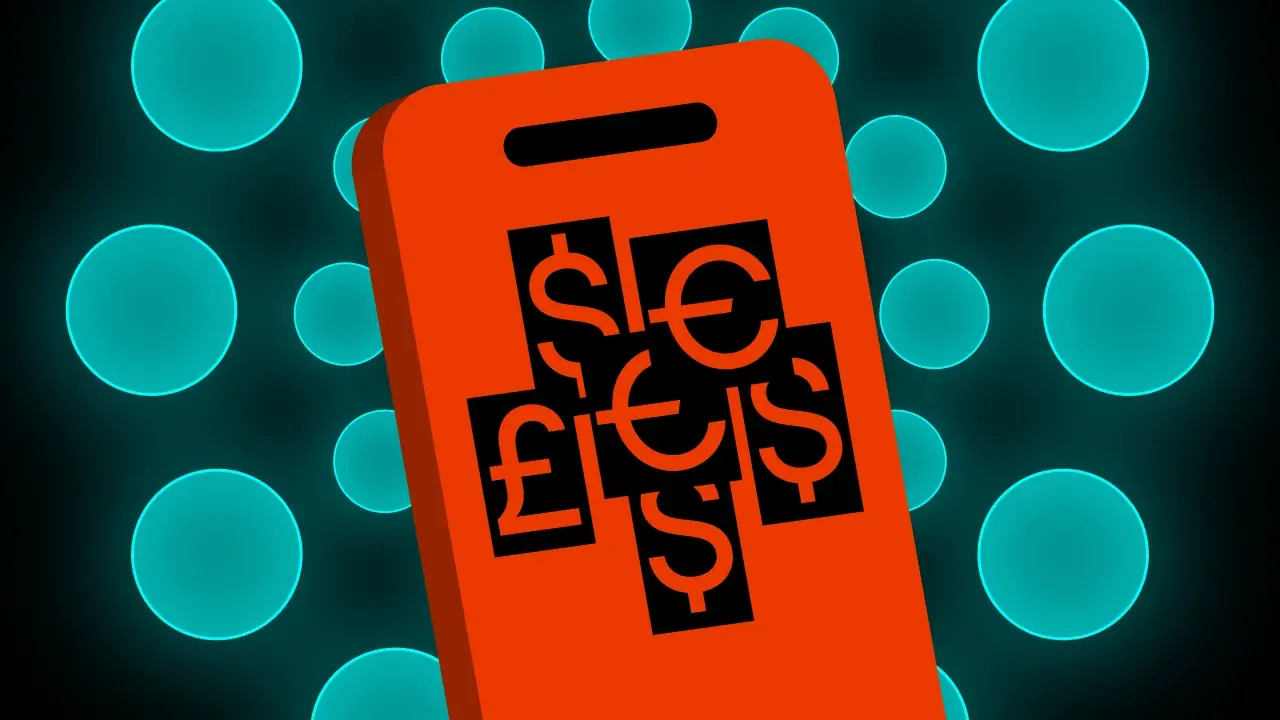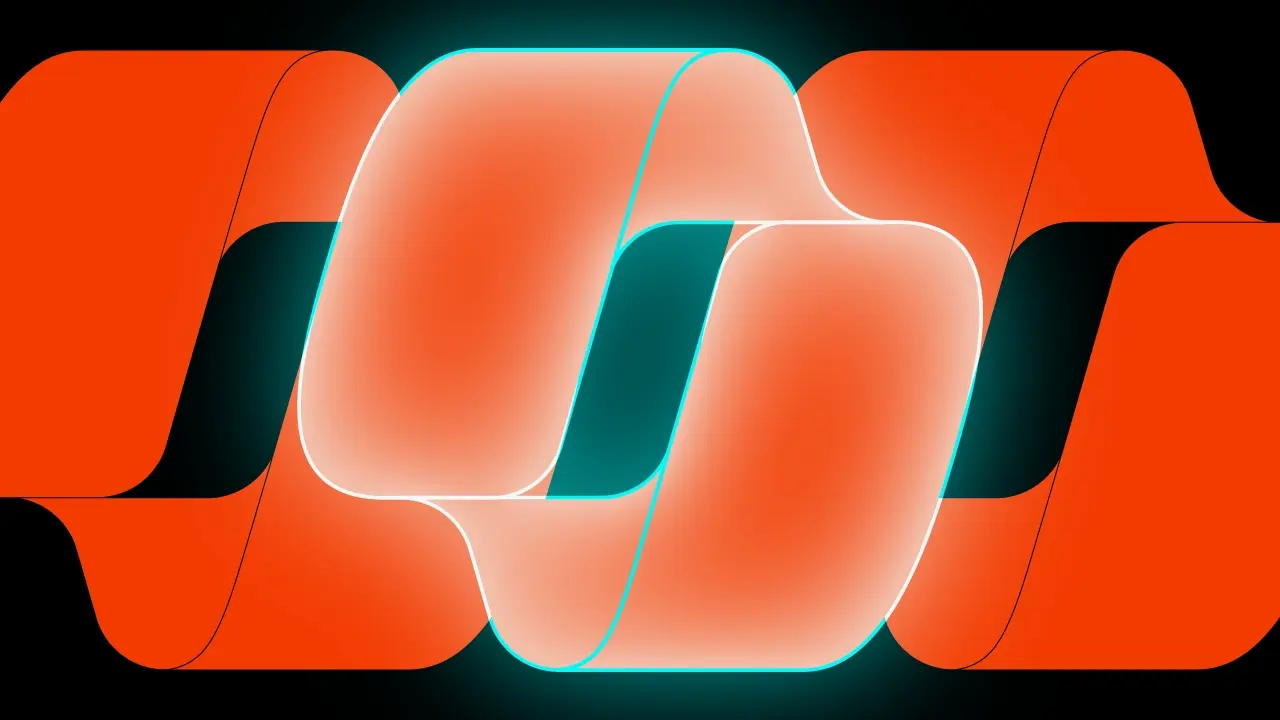#TeamSpeednet: Asia, Java Developer


Meet Asia, a Java developer whose passion extends far beyond the world of code. She loves crafting and organizes creative workshops for #TeamSpeednet. How did it all start, and what brings her the greatest satisfaction? Read the interview!
How long have you been working at Speednet, and how did you end up here?
Asia: It will soon be 4.5 years since I joined Speednet. My path to the company was quite unusual. When the pandemic started, I was working for another company that outsourced some of its employees. That’s how I ended up at Speednet – joining a new project that had just started.
As an external contractor, I spent about six months here. During that time, I really liked the company’s atmosphere, and the project itself was extremely interesting. We were building it from scratch, and such projects are always the most exciting. The team was divided into backend specialists and frontend developers.
After some discussions, we managed to make a transfer, and since October 2020, I have officially been part of the team. I’m slowly approaching the halfway mark on my journey to achieving “Dinosaur” status.
What do you do on a daily basis?
Asia: I am a Java developer working on the Rubinet project while also supporting the team on the Geno project. Rubinet is quite an unusual, long-term project – as far as I know, it has been running for around 15 years. However, it’s not a typical legacy project because the team takes great care to keep the code up to date, maintain its quality, and introduce regular updates. I’ve been working on it for almost two years, and I consider myself lucky to be here. It’s one of the few older projects where working is genuinely enjoyable.
One unique aspect of this project is that the frontend is also written in Java, so in practice, I work on both backend and frontend tasks. Additionally, we handle tasks that are not common in every project – we prepare document templates for printing, such as policies, contracts, and other official letters received by clients. I really enjoy this part of the job; I find it a creative and satisfying challenge to ensure these printouts are both visually appealing and fully aligned with client requirements.
What tools and technologies do you use most frequently in your work?
Asia: As I mentioned, most of the tools I use are standard for other projects. Rubinet is written in Java with Jakarta and GWT, so that’s what I primarily work with, both on the backend and frontend sides.
One of the key tools that makes this project unique is Jasper, which is used for creating print layouts and precisely positioning elements down to the pixel.
But the one thing I absolutely can’t imagine working without is… a notebook! I love having my notes written down physically. I can be quite chaotic, so writing down my daily tasks on paper helps me stay organized. Since I started working in the industry – and it has been eight years now – I’ve always had notebooks filled with notes, colorful highlights, and diagrams. I think it’s a learning habit I picked up in university, and it still helps me understand and navigate project details.
What do you value most in your work, and what is the biggest challenge for you? What gives you the most satisfaction?
Asia: I highly value good relationships with clients. Currently, we have a lot of direct contact with them, which wasn’t always the case in my previous projects. Being able to exchange insights, discuss problems, and share successes is incredibly important to me. It’s very rewarding when a client is happy, and our work is directly appreciated.
Aside from client collaboration, I really enjoy keeping the code clean and constantly improving my skills – including fixing my own past mistakes. If I have the opportunity, I like revisiting older parts of the code and making enhancements. Seeing how the code becomes clearer, simpler, and more modern is truly satisfying.
The biggest challenge in this project is definitely its domain complexity and the fact that it has been around for many years. There is a huge amount of business knowledge that people who have been here from the beginning know inside out, while new team members take years to absorb. Additionally, the agricultural insurance industry was completely new to me, so the learning curve was quite steep. Even after nearly two years, I still come across aspects I’m encountering for the first time.
This industry was a bit of a surprise for me, but I’ve adapted to it quite well. I really appreciate working on a product that has a real impact on reality. I like seeing that our solutions actually make a difference – they simplify processes and make people’s lives easier. In this case, it’s about insurance for animals and agricultural machinery, which real people actually use. Seeing insurance agents working with our system gives me a great sense of fulfillment.
Previously, I worked in the aviation industry, where our solutions were used by airlines and airports. That was also very tangible and easy to visualize. However, I also had experience working on a document archiving project, where I missed that sense of impact. It felt quite abstract, and we lacked a clear vision of who would use it and how. We had no user feedback or interaction, which sometimes made me feel like we were working in a vacuum.
I think this tangibility of work results is crucial for me. Projects related to developer tools or monitoring systems aren’t what truly drives me. I like to see the real-world impact of what I create.
You’ve been with us for over four years – how has the company and your team changed over time?
Asia: I don’t want to position myself as an expert – after all, we have over 30 “Dinosaurs” here, and I haven’t even reached five years yet. However, I have noticed quite a few changes.
I started working in the Gdynia office, which had a completely different atmosphere than the current open space. We worked in small rooms, which created a different dynamic. Perhaps it was a bit less formal, but that sense of freedom and responsibility within the team was one of the reasons I decided to join Speednet. I felt that everyone I met was highly engaged, and the less corporate atmosphere encouraged people to give their best.
Now, the company is much larger, and one noticeable change is the increasing number of women in various departments. When I joined, the gender balance was very different. I don’t remember exactly how many women were in the company at the time, but the difference is noticeable now. From a broader perspective, I value team diversity a lot – having people of different ages, experiences, and working styles fosters creativity and fresh ideas.
Additionally, the company has become much more professional and has taken a clear direction in its growth, which has naturally changed the overall dynamics – perhaps at the expense of some of the informal atmosphere I remember from the early days.
Besides programming, you also run creative workshops for #TeamSpeednet, like sewing. How did that start?
Asia: It all started when we were still working in PPNT. To give some background, I love creating things with my hands, and over the years, I’ve explored many different techniques. When I joined Speednet, I was particularly into sewing at the time. Inspired by the open and encouraging company atmosphere, I had the idea to organize a workshop where we could learn the basics of this skill together.
Interestingly, the first colleague I mentioned it to wasn’t interested at all. But I didn’t give up, and we started by sewing small drawstring backpacks. To my surprise, a lot of women signed up! Over time, the idea evolved, and we introduced new projects: we sewed small handbags, shorts, and then moved on to macramé. I’m not an expert in macramé, but I saw it as a great opportunity to learn. It turned out to be a fantastic idea – there was huge interest, and participants created a lot of beautiful pieces.
I took a break from workshops in the past few months, but I’m starting to think about introducing crochet next. We’ll see how it goes!
I believe that creative activities and programming have a lot in common. In both cases, you take a tool or raw material and turn it into something new. The creative process is what makes it so exciting!
Shoutout to my fans, especially Marta Szafran! 😊




